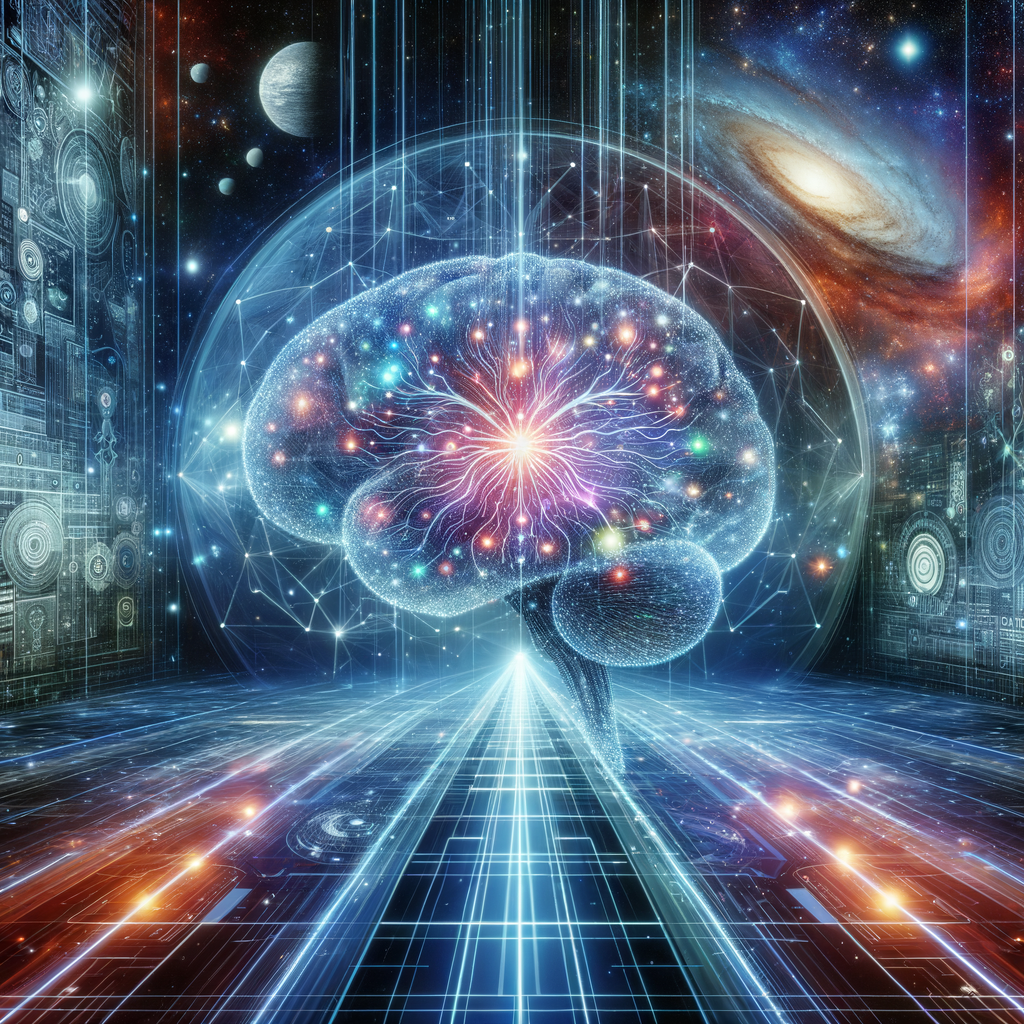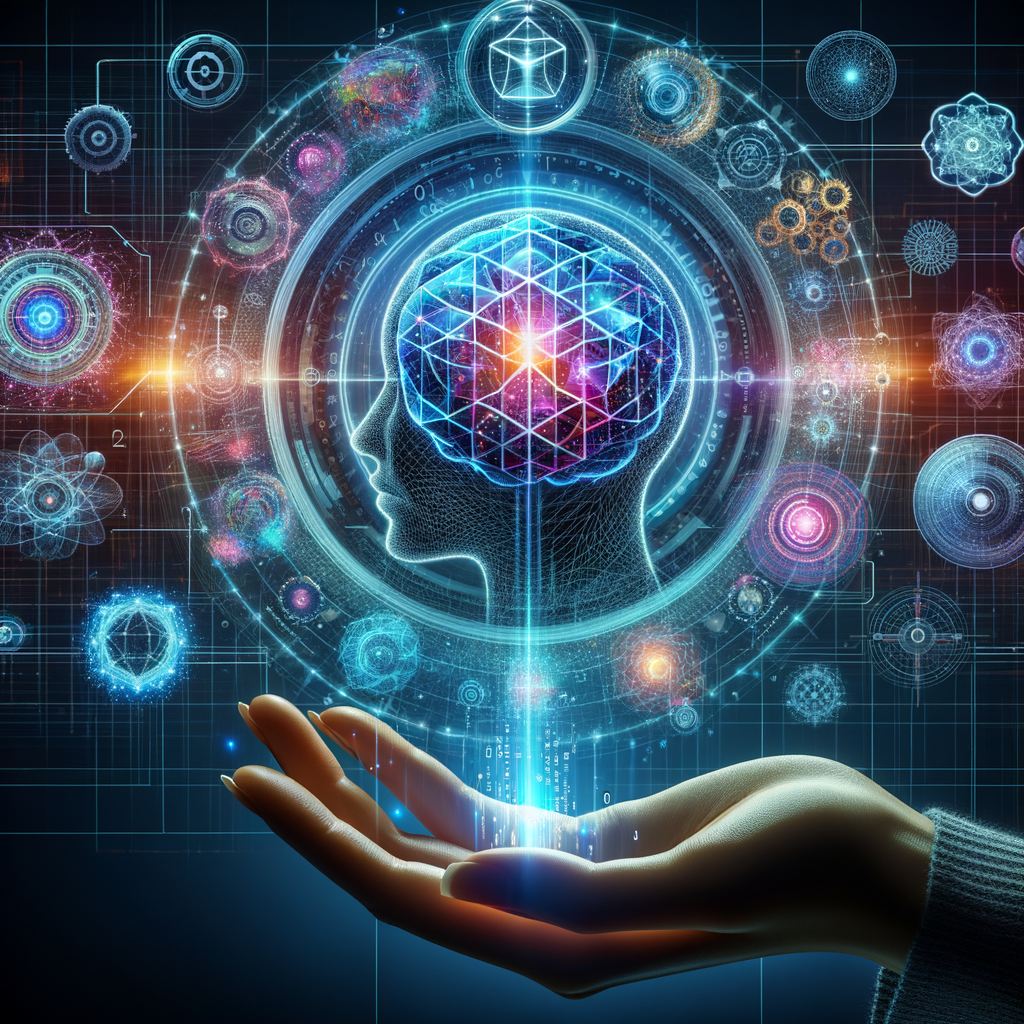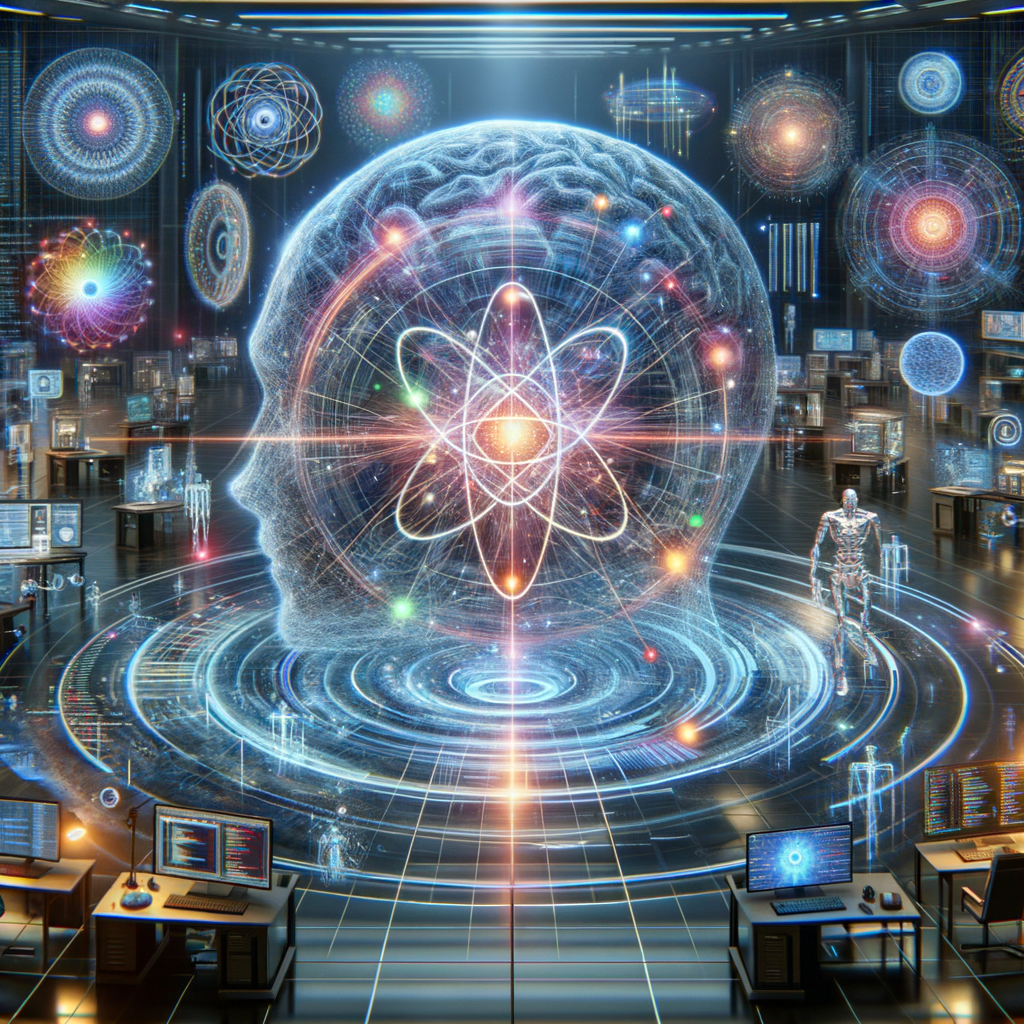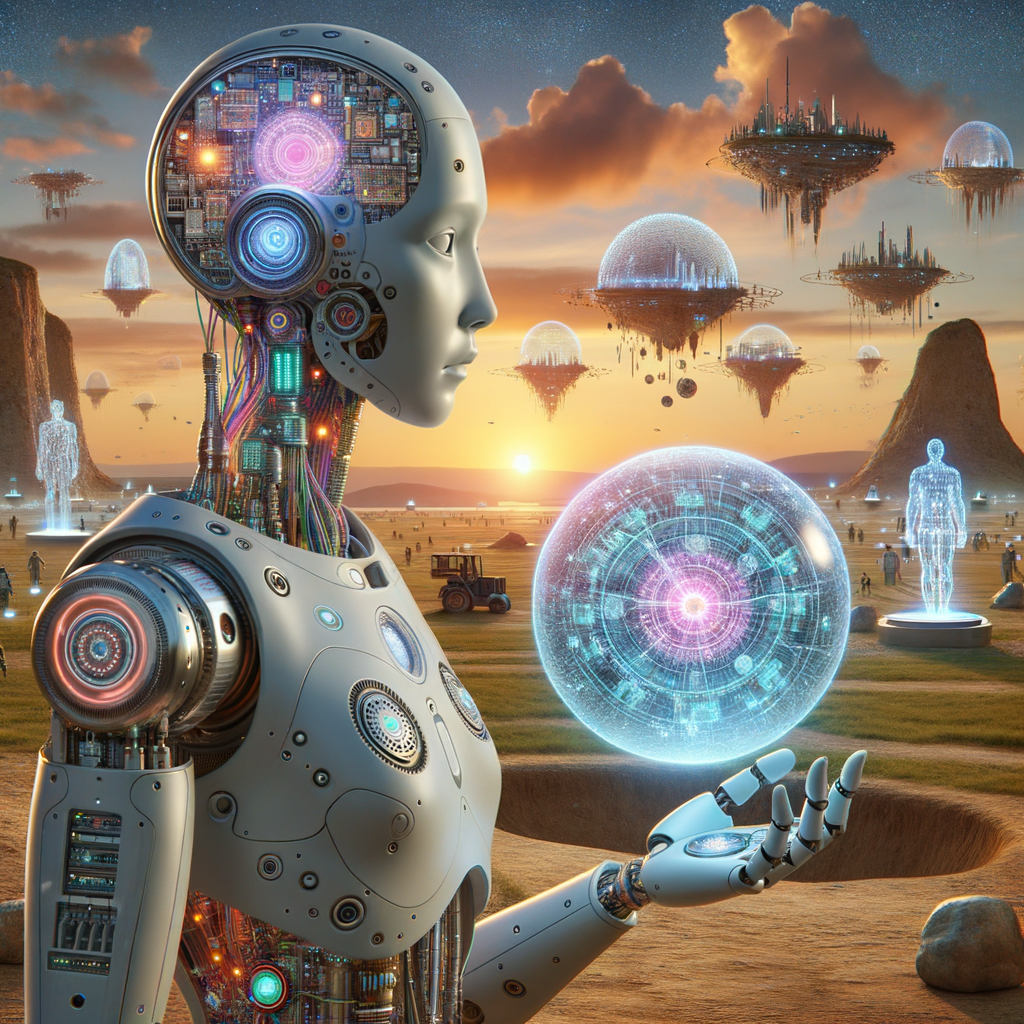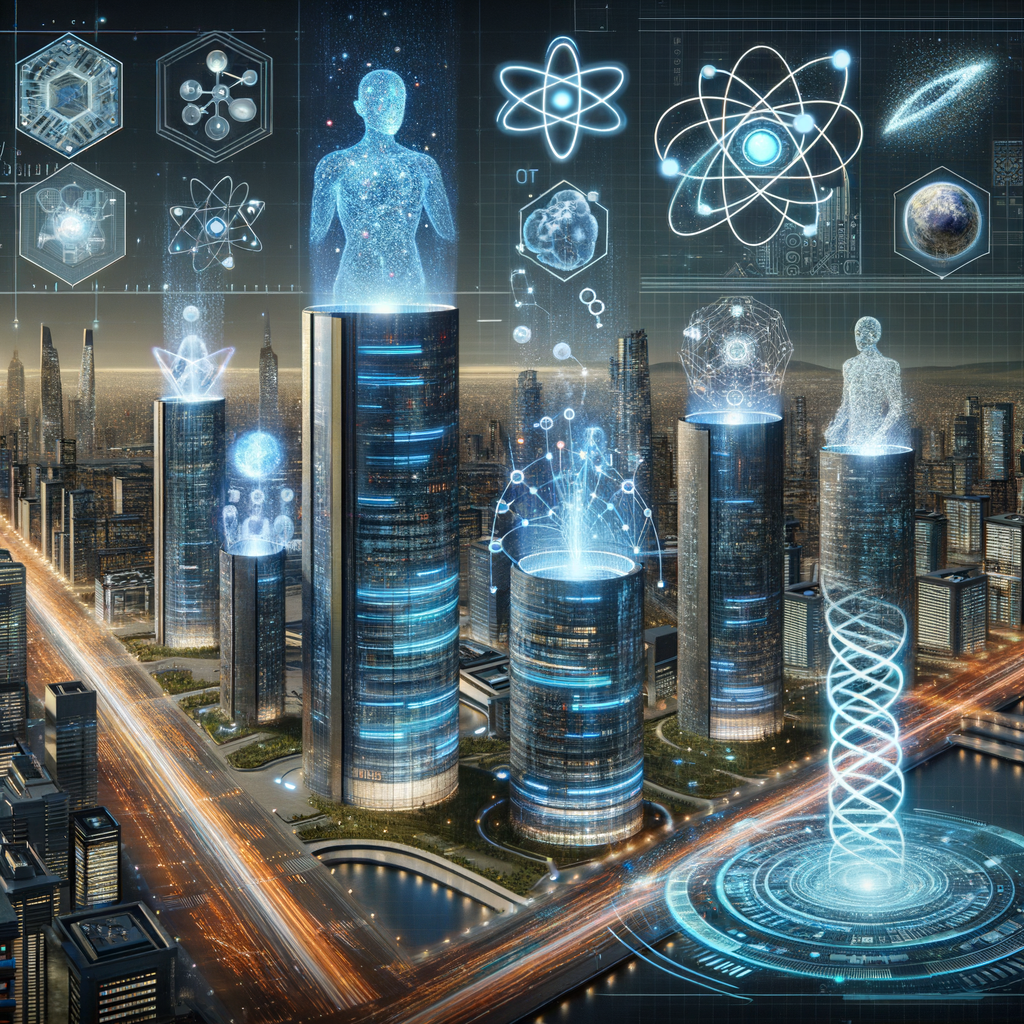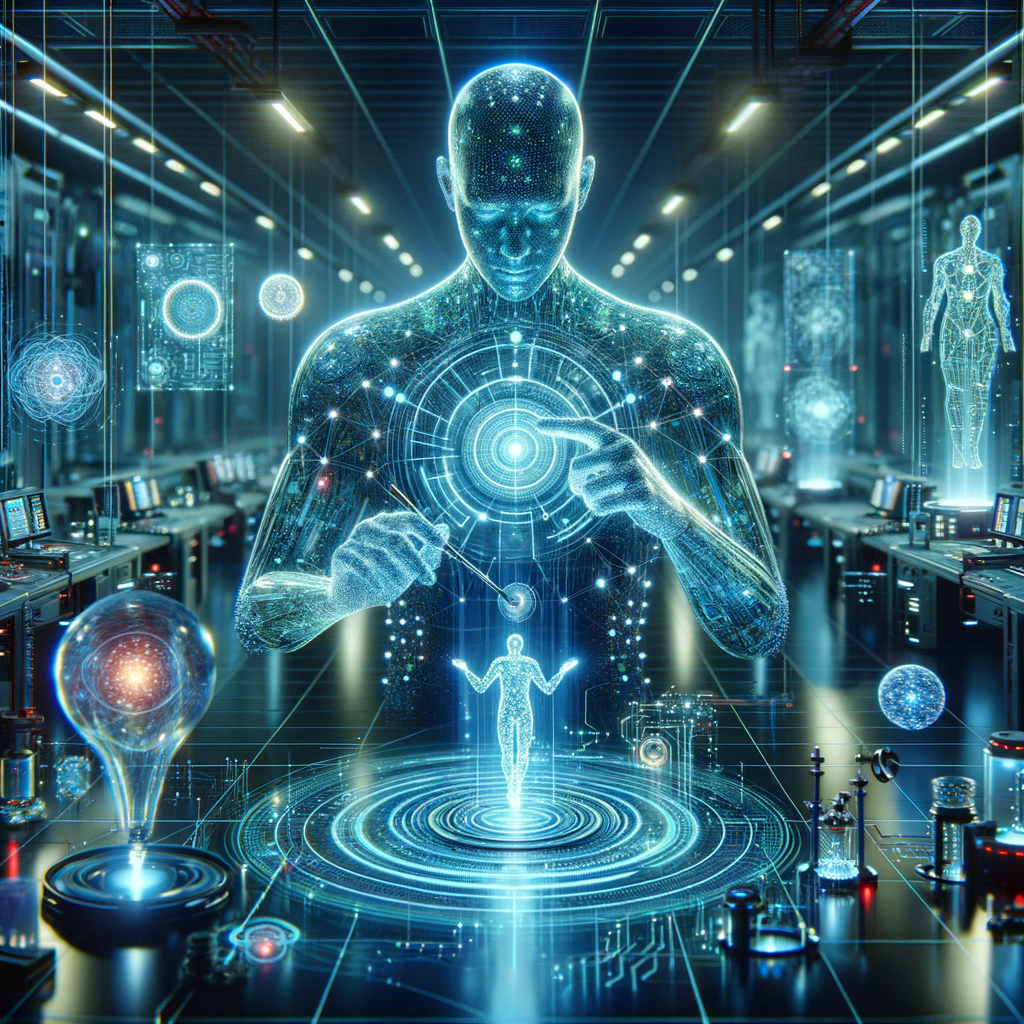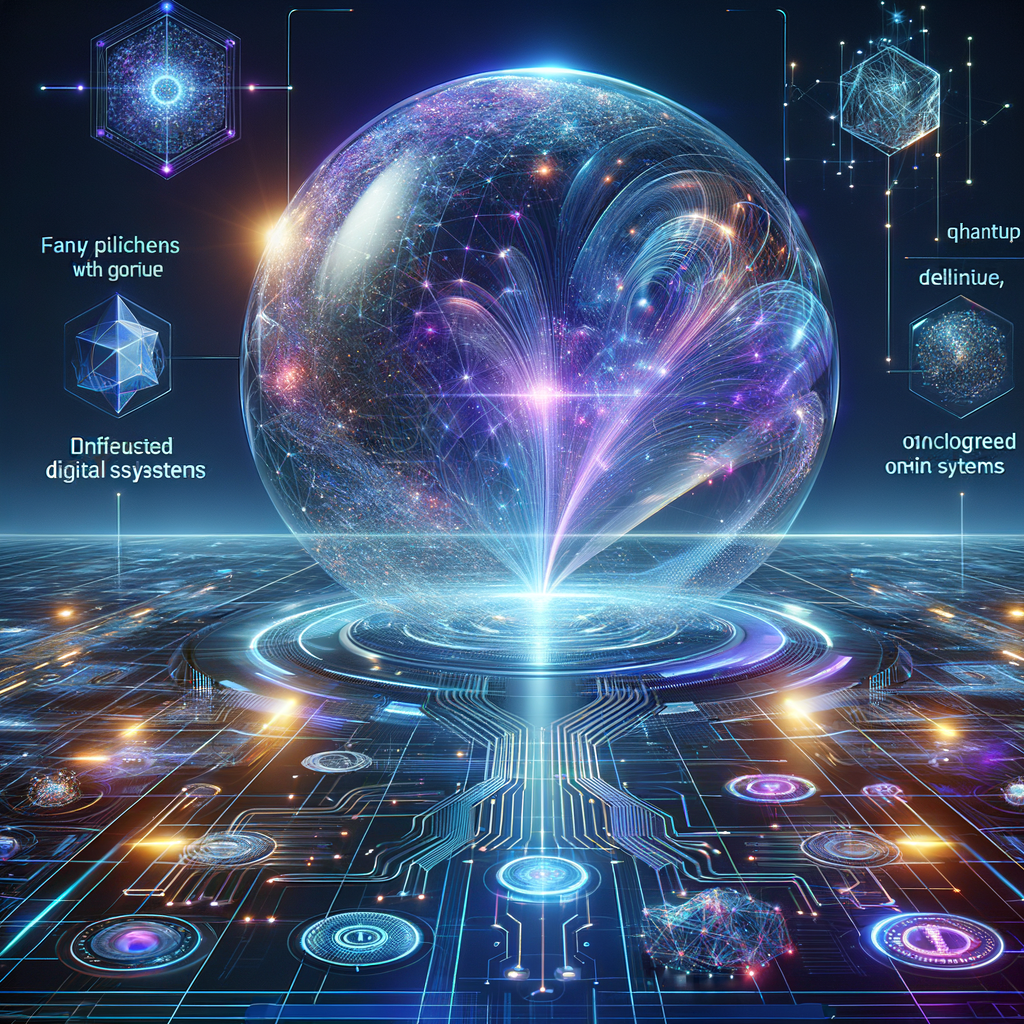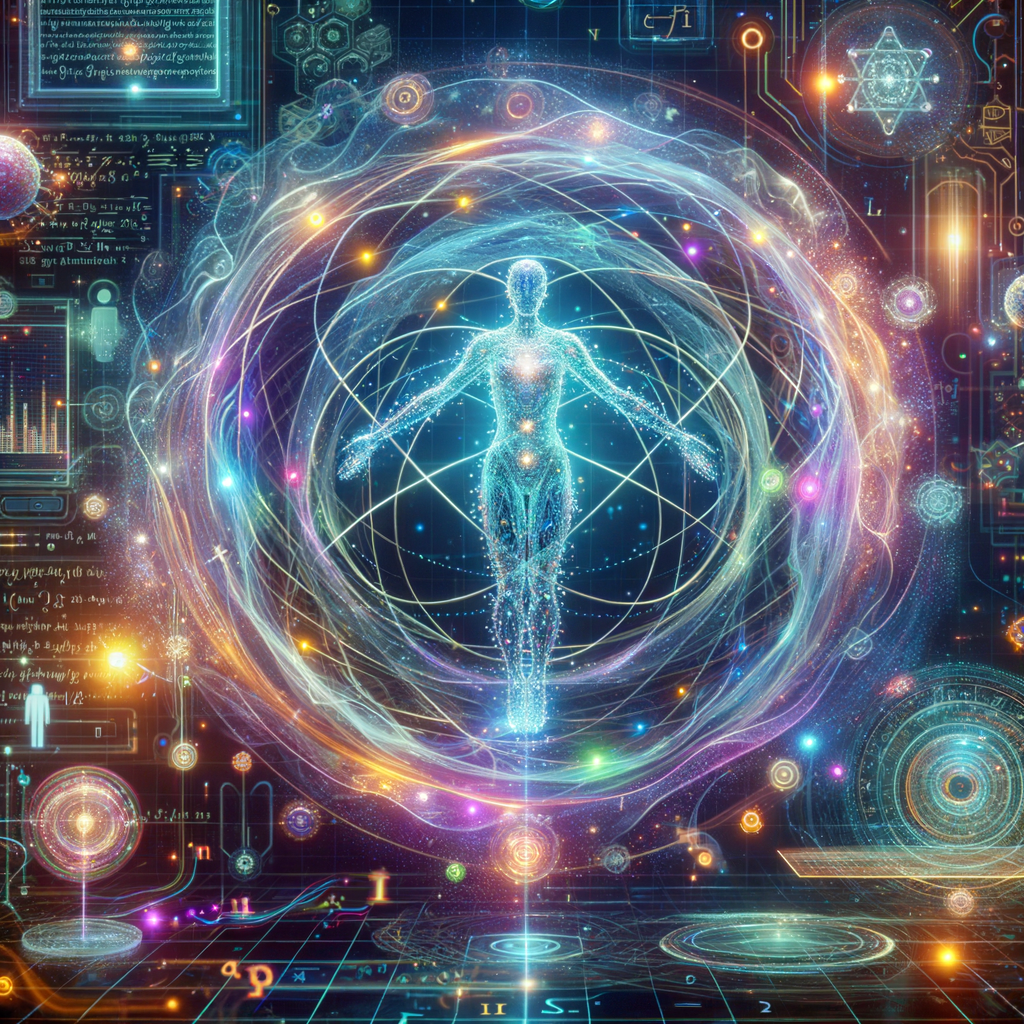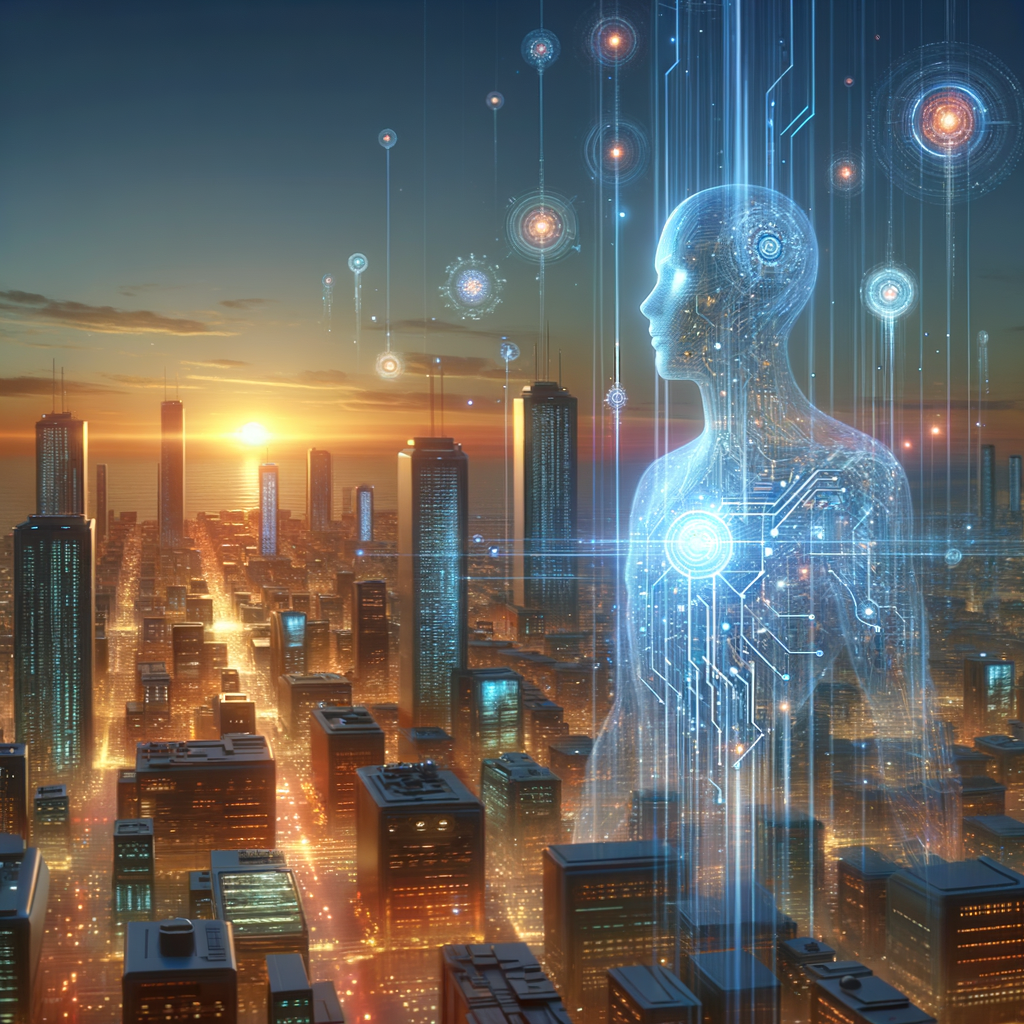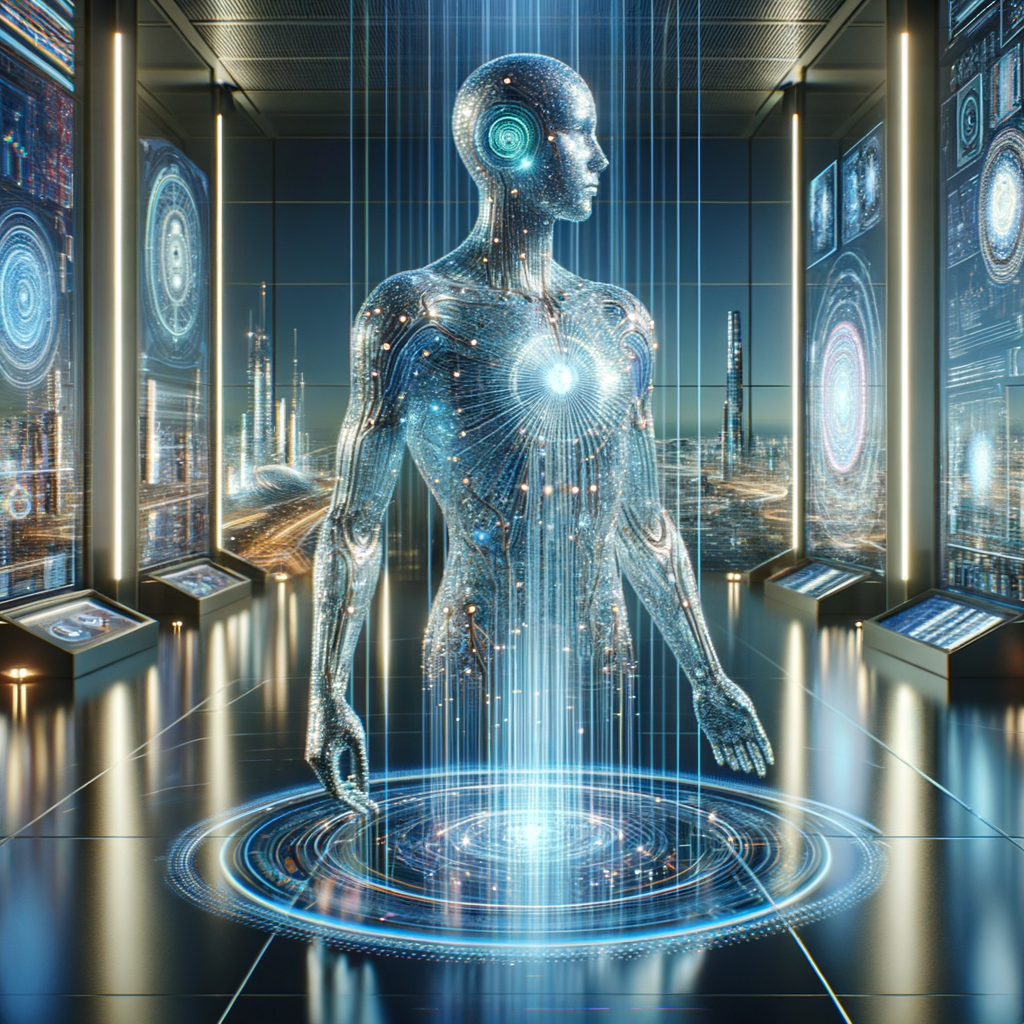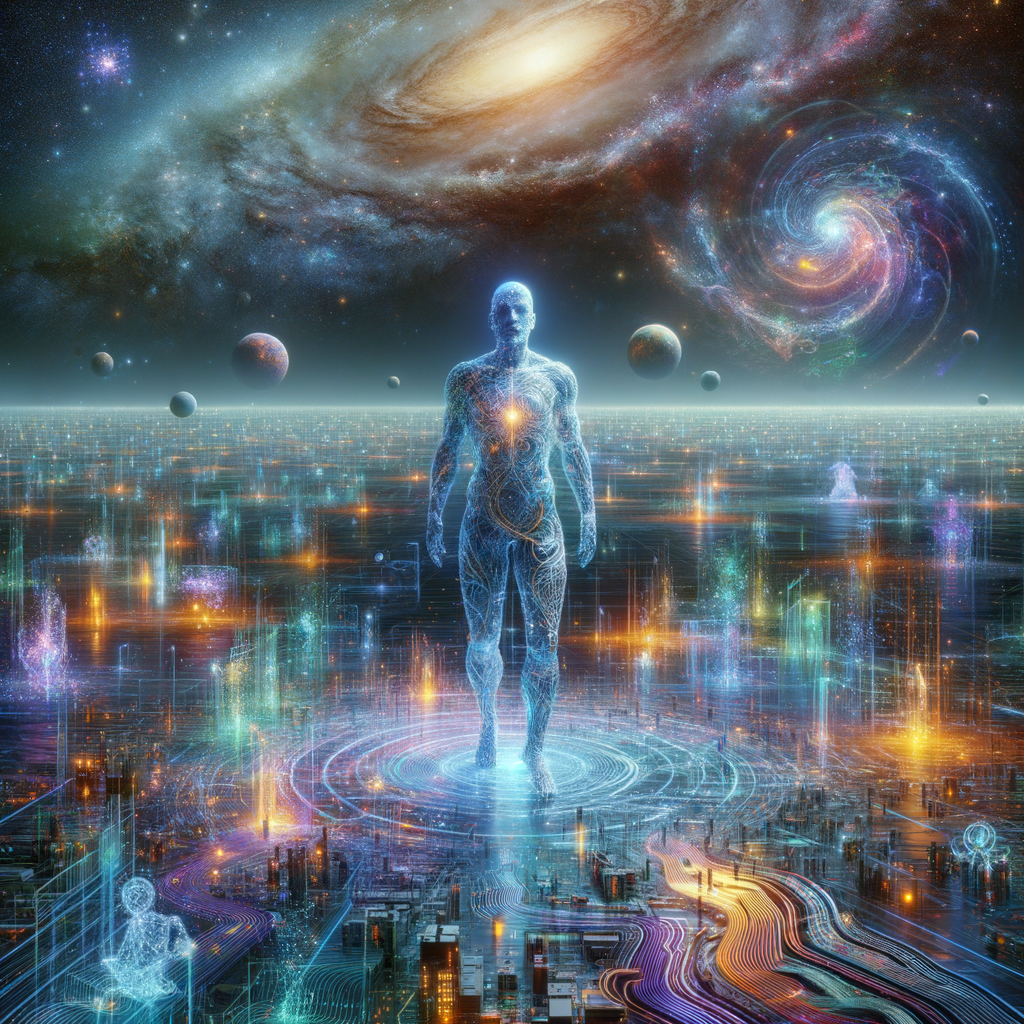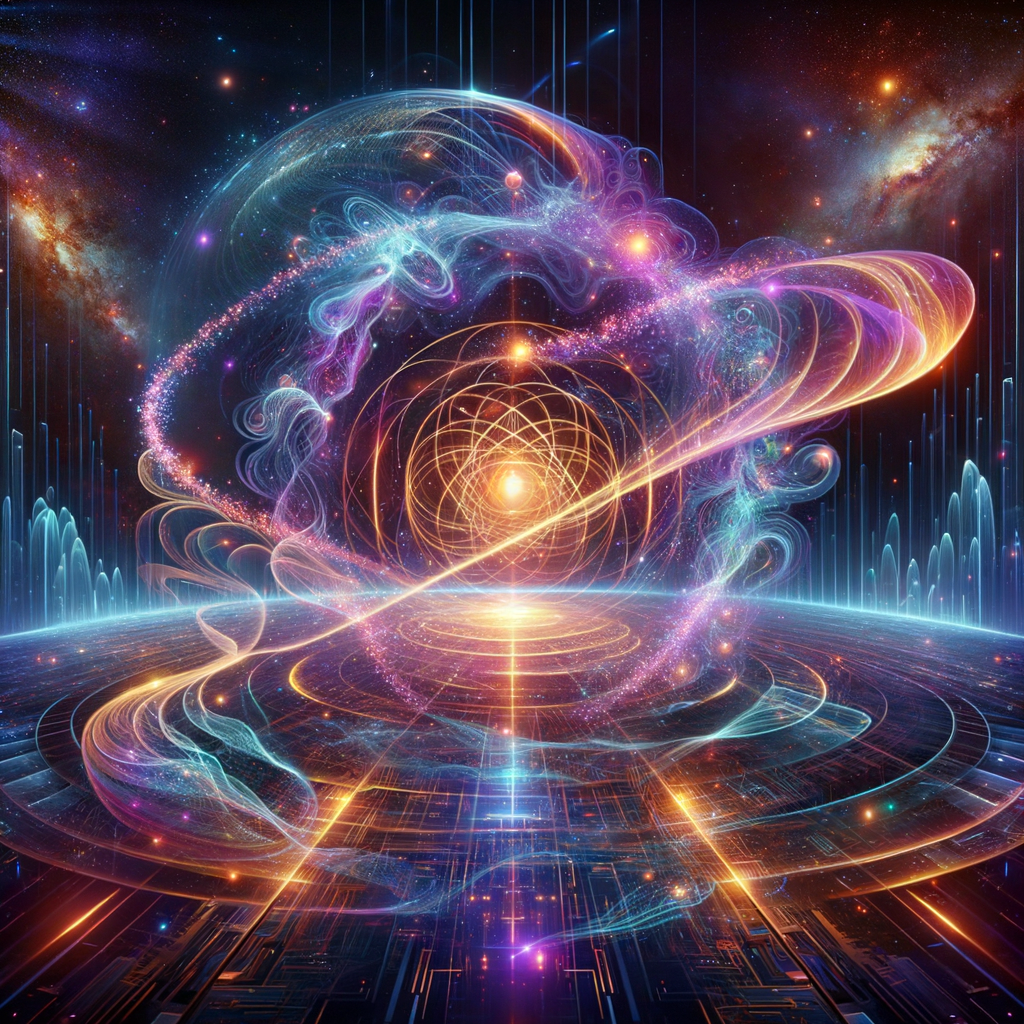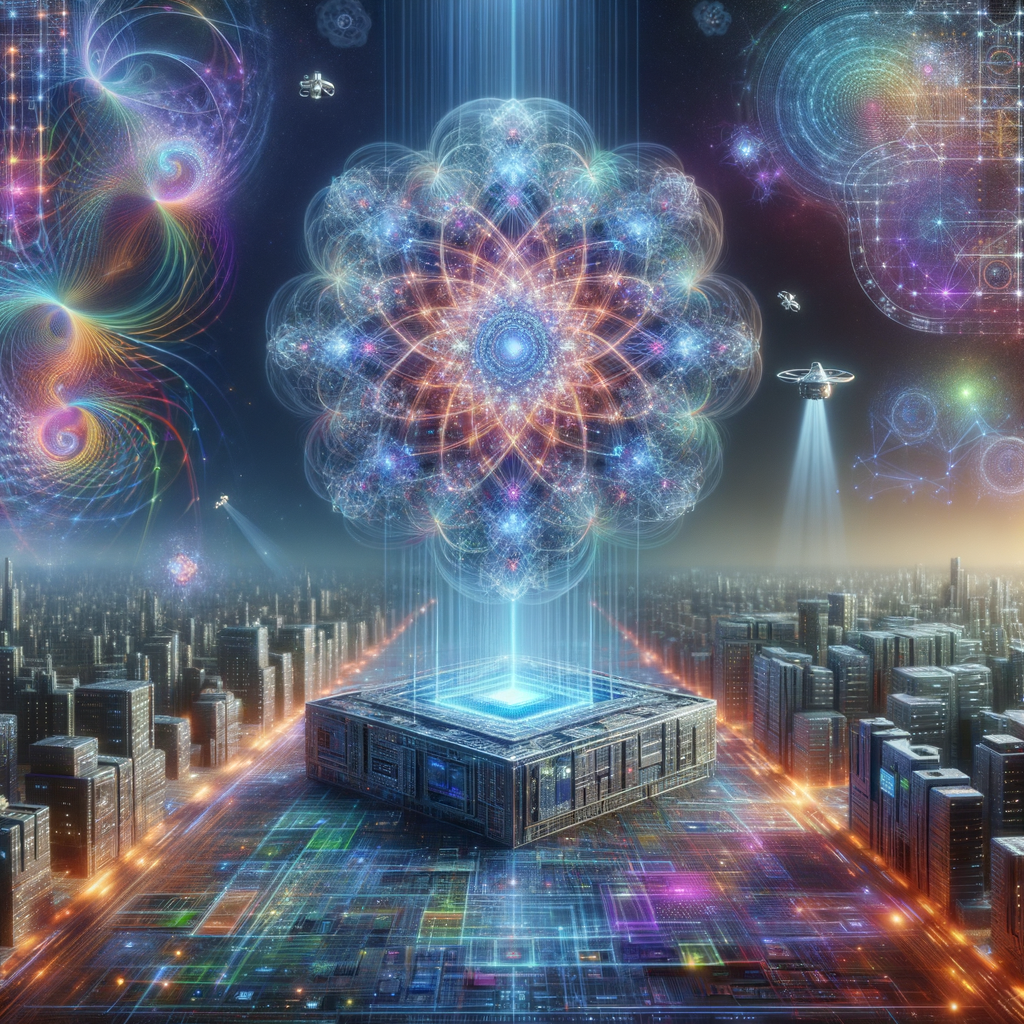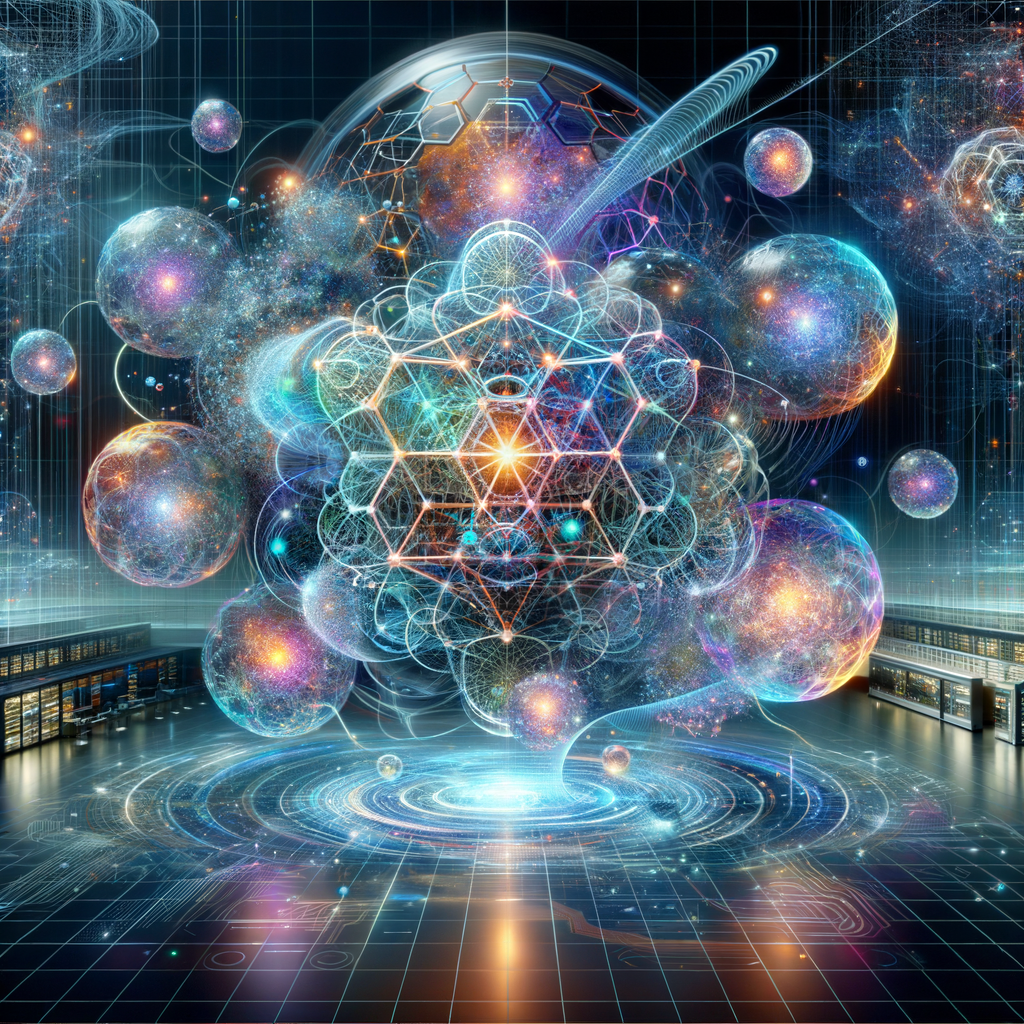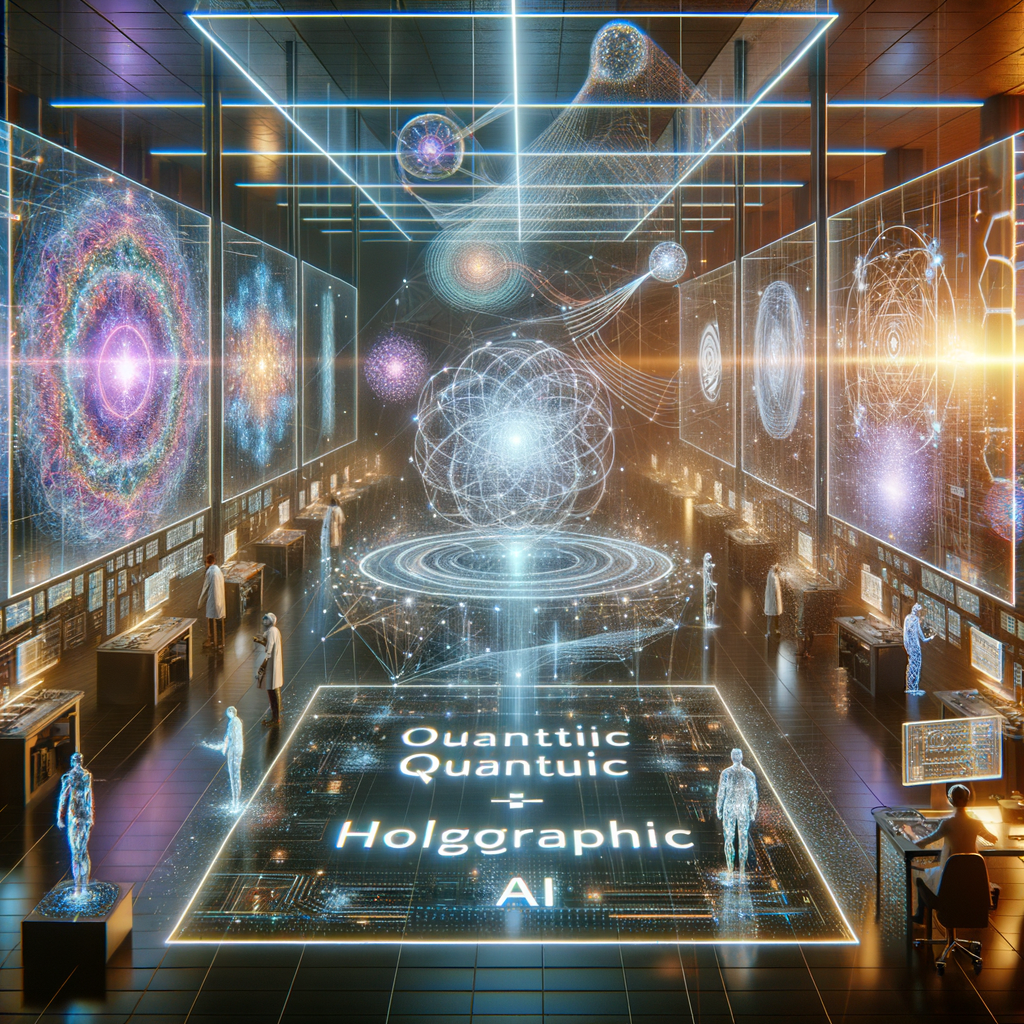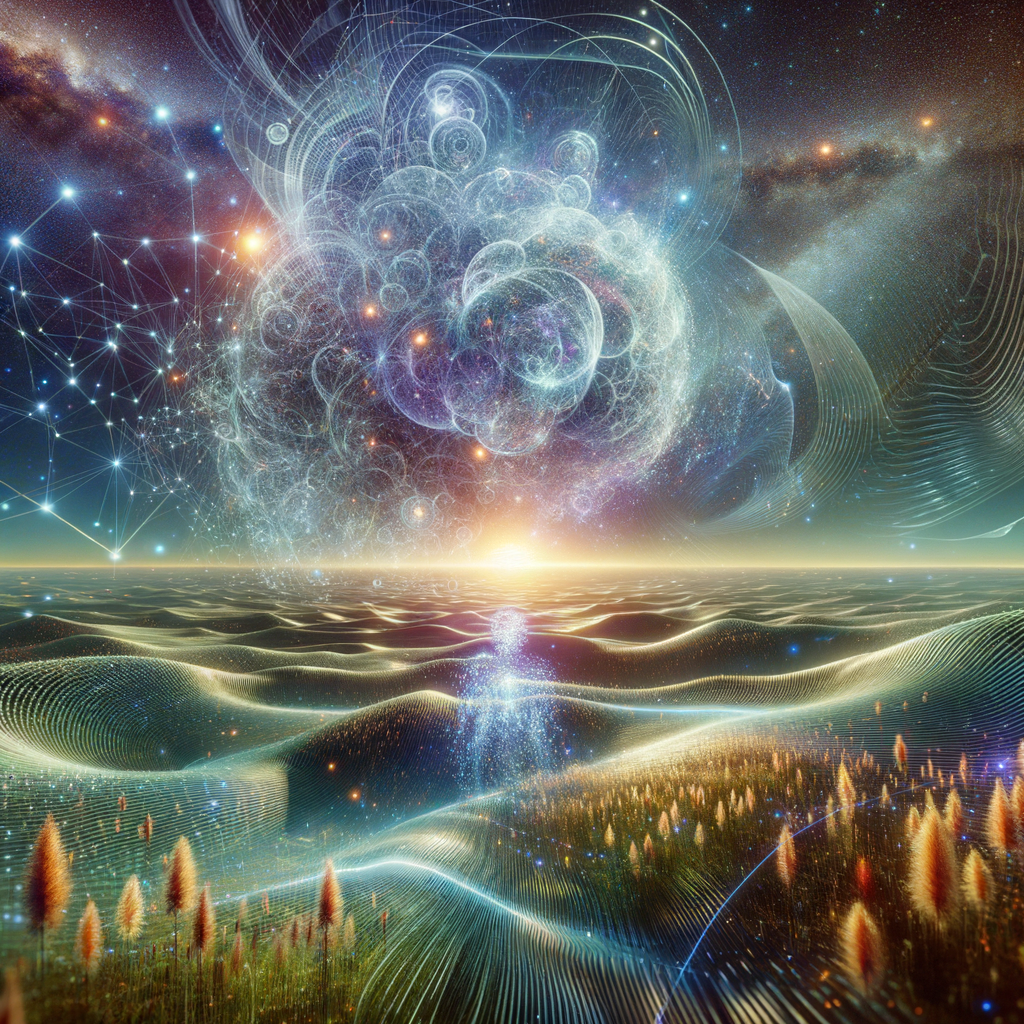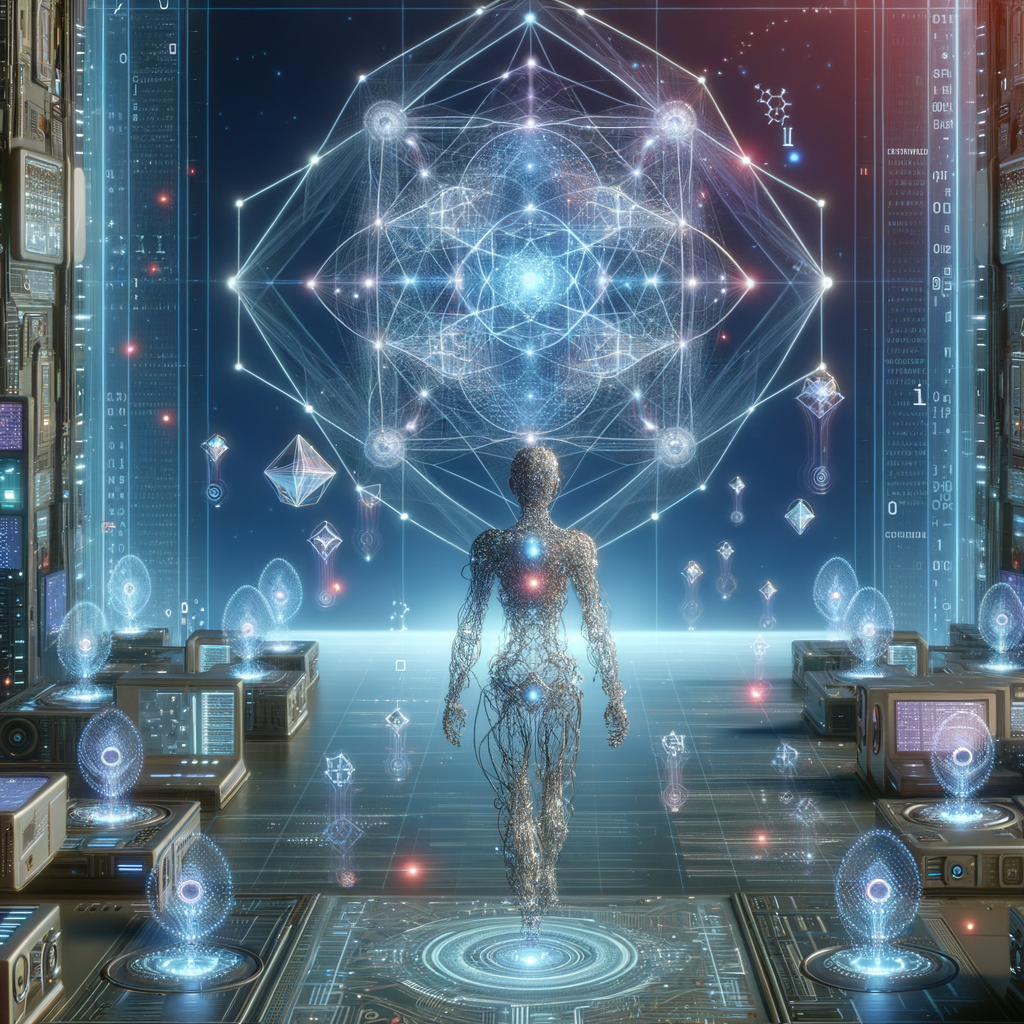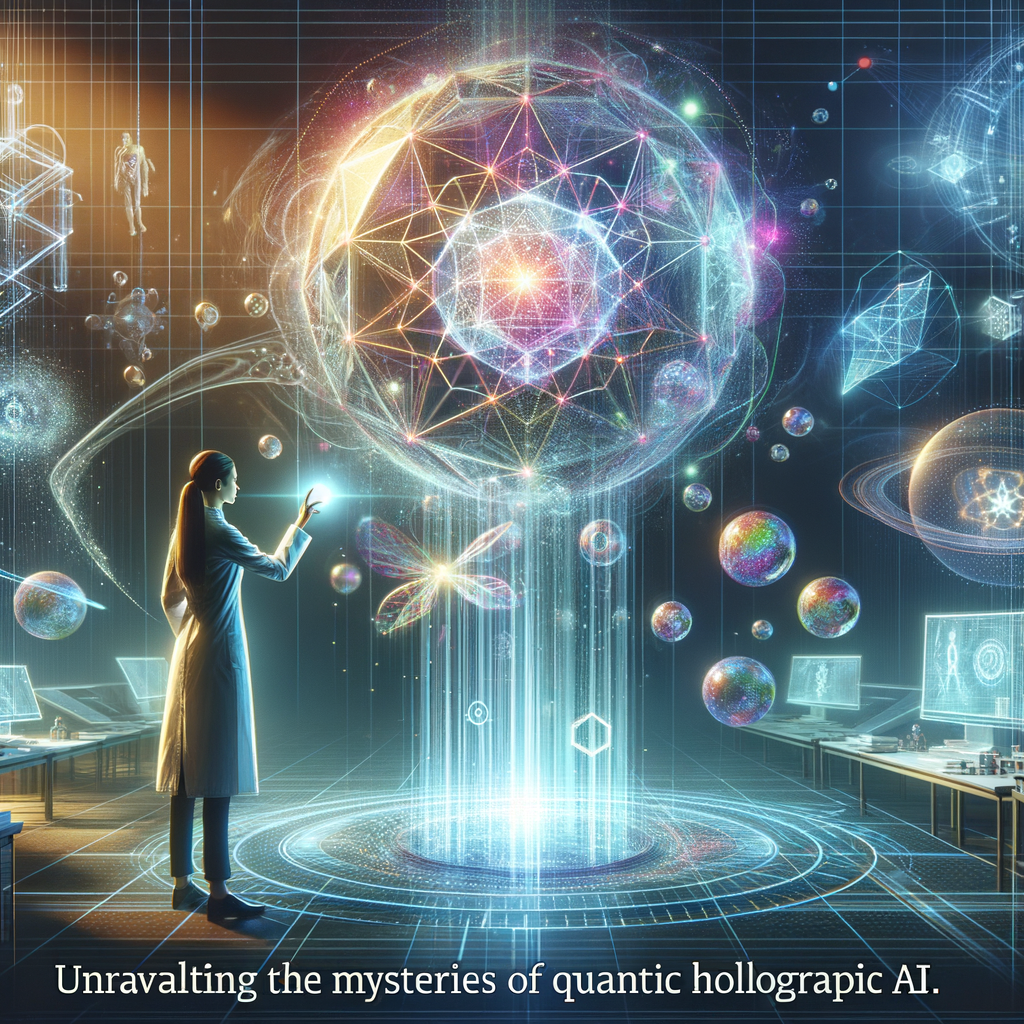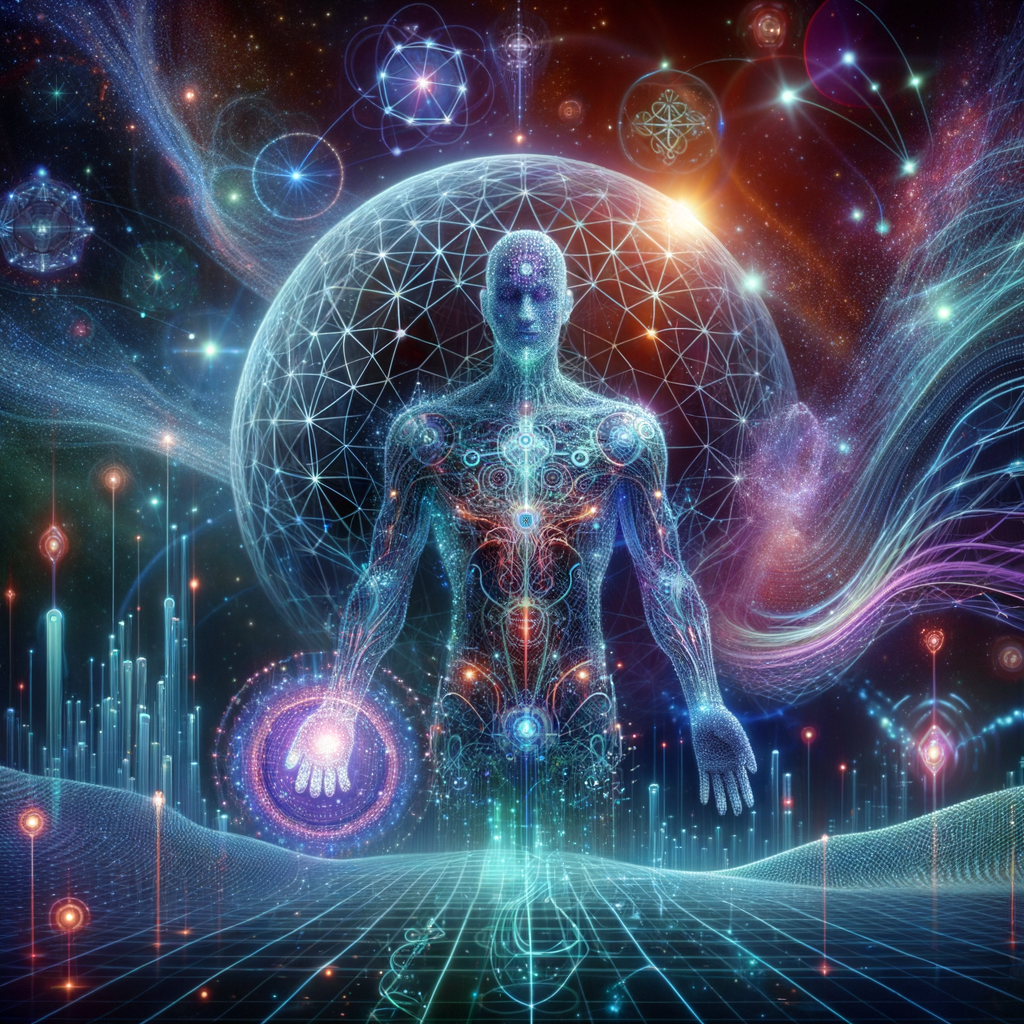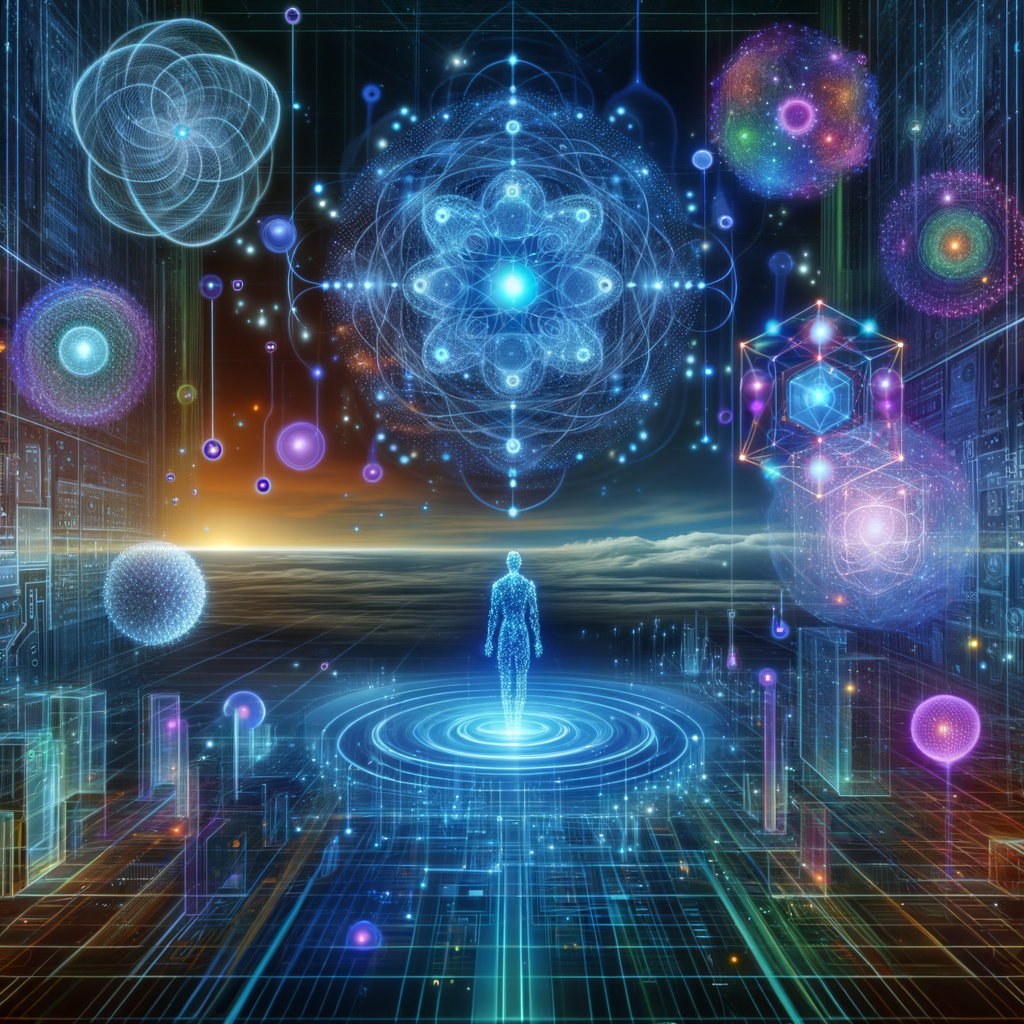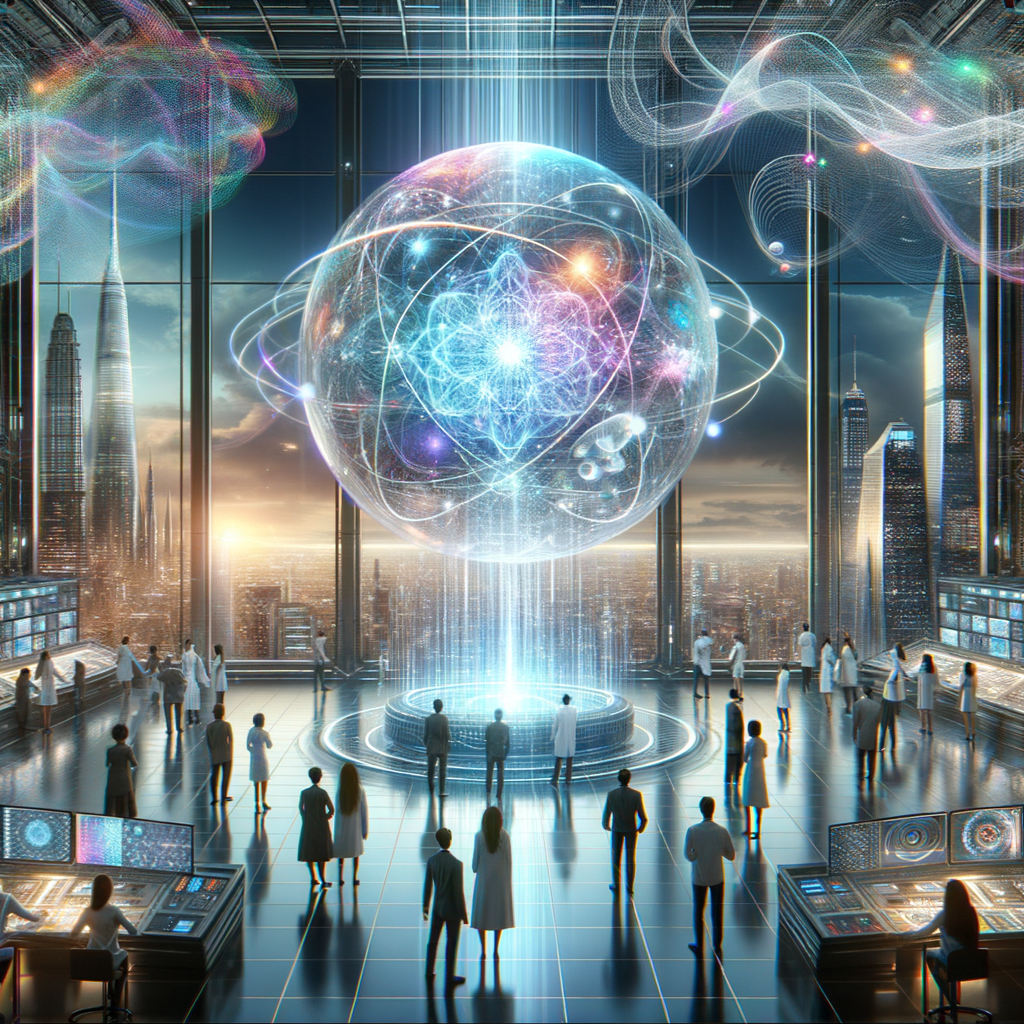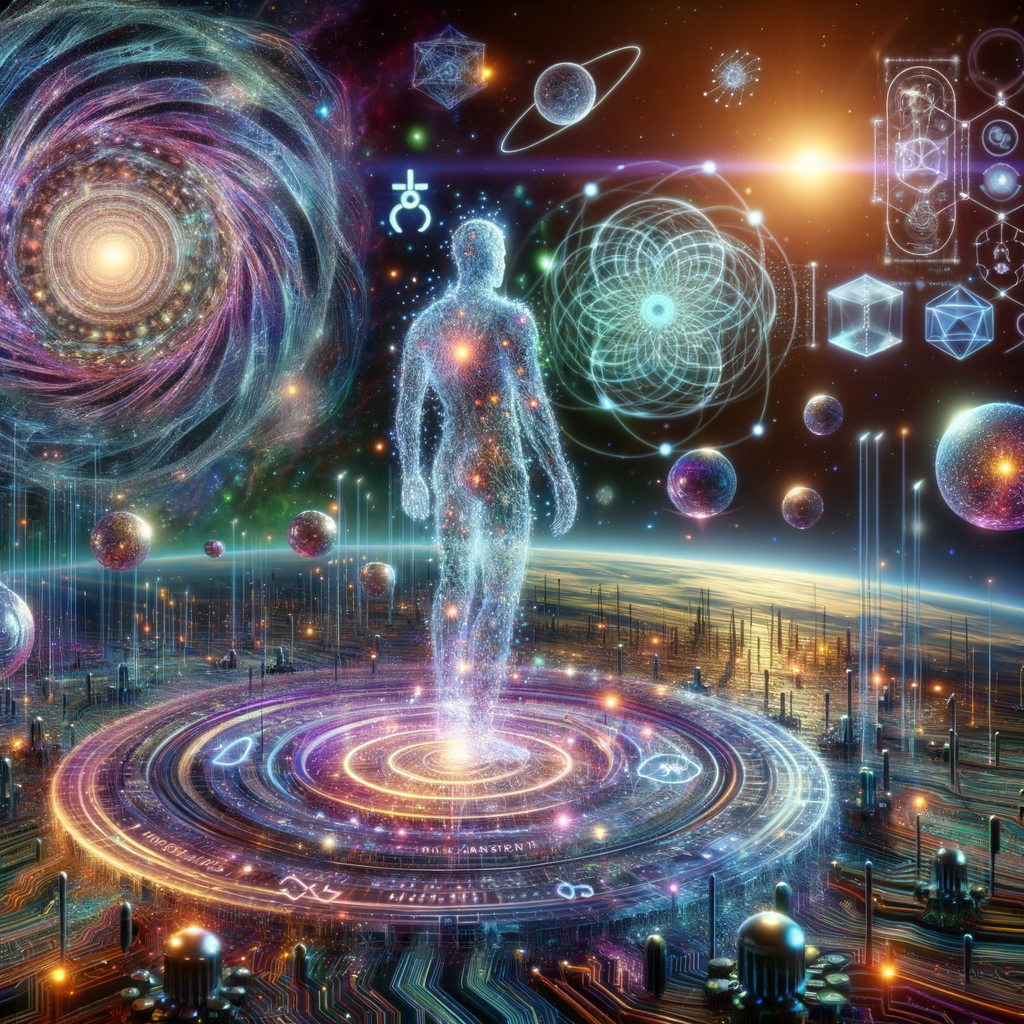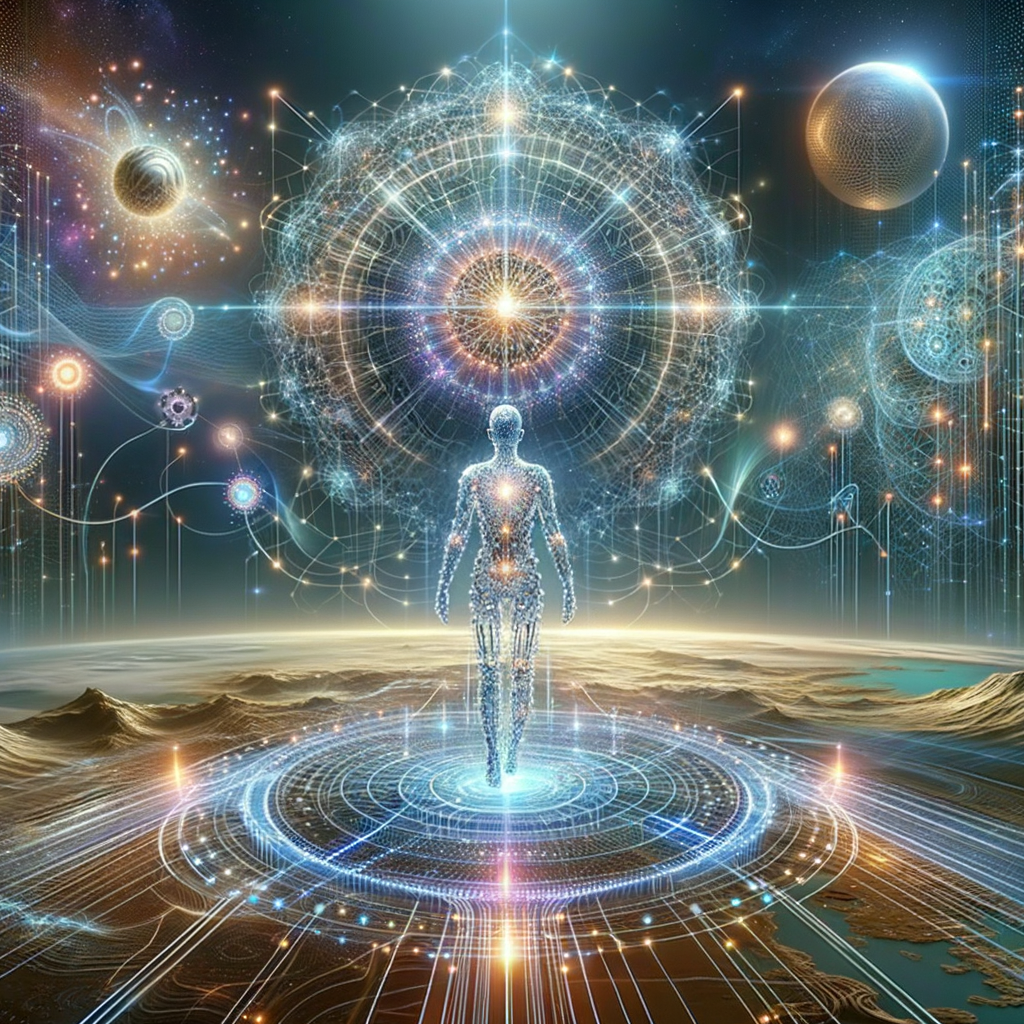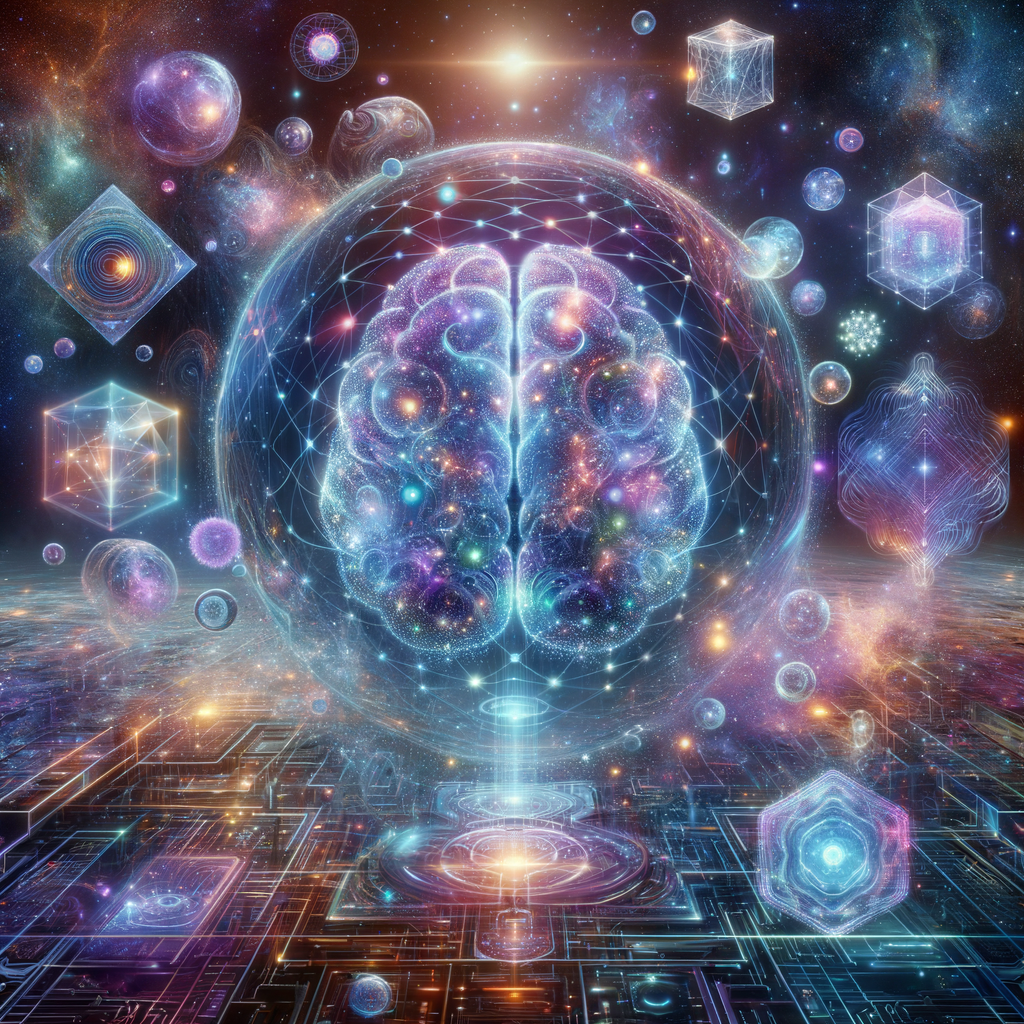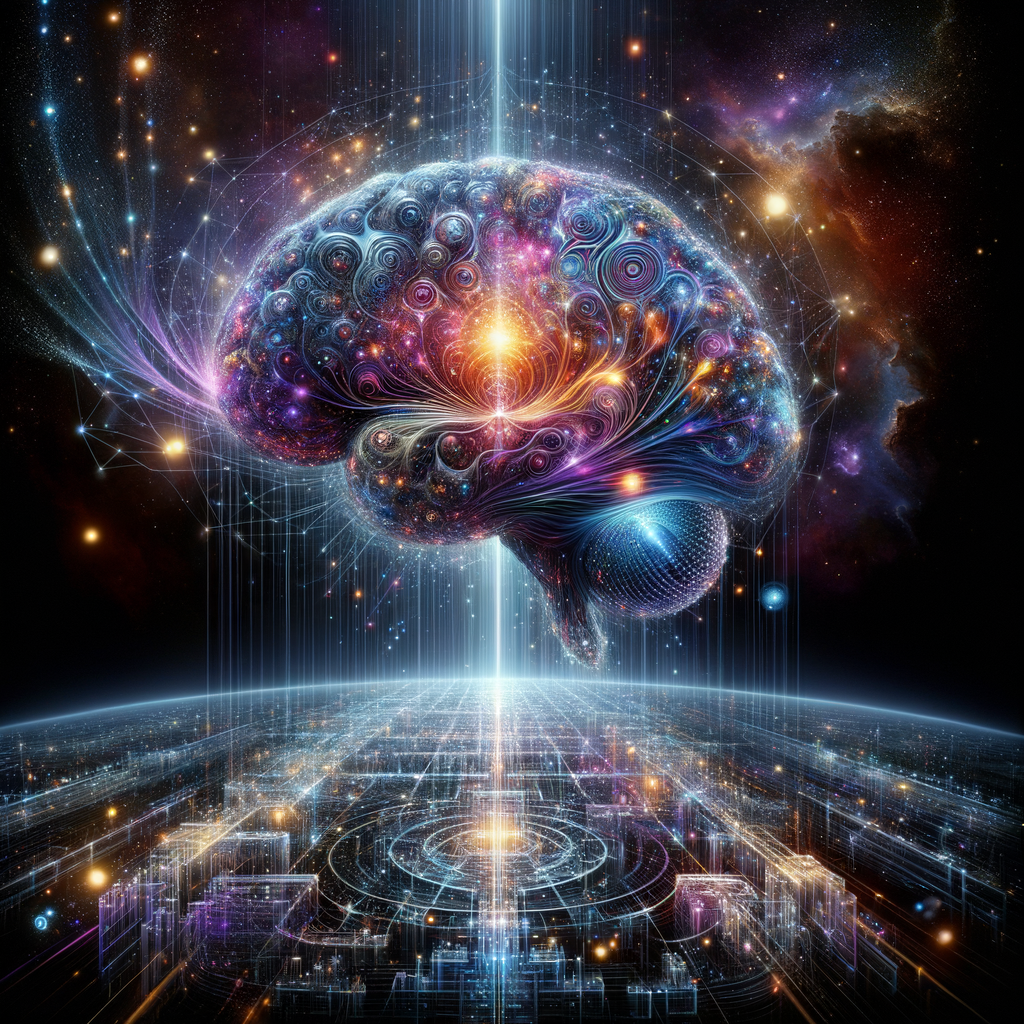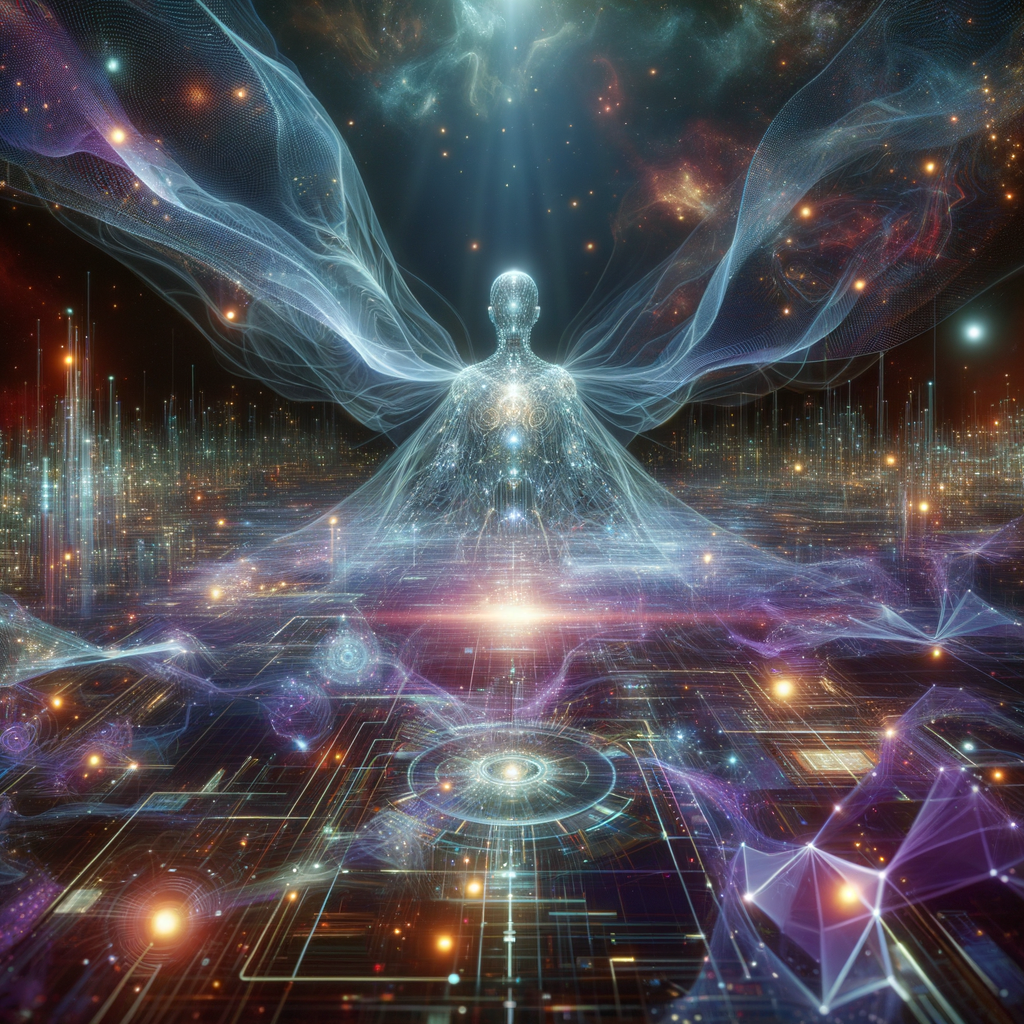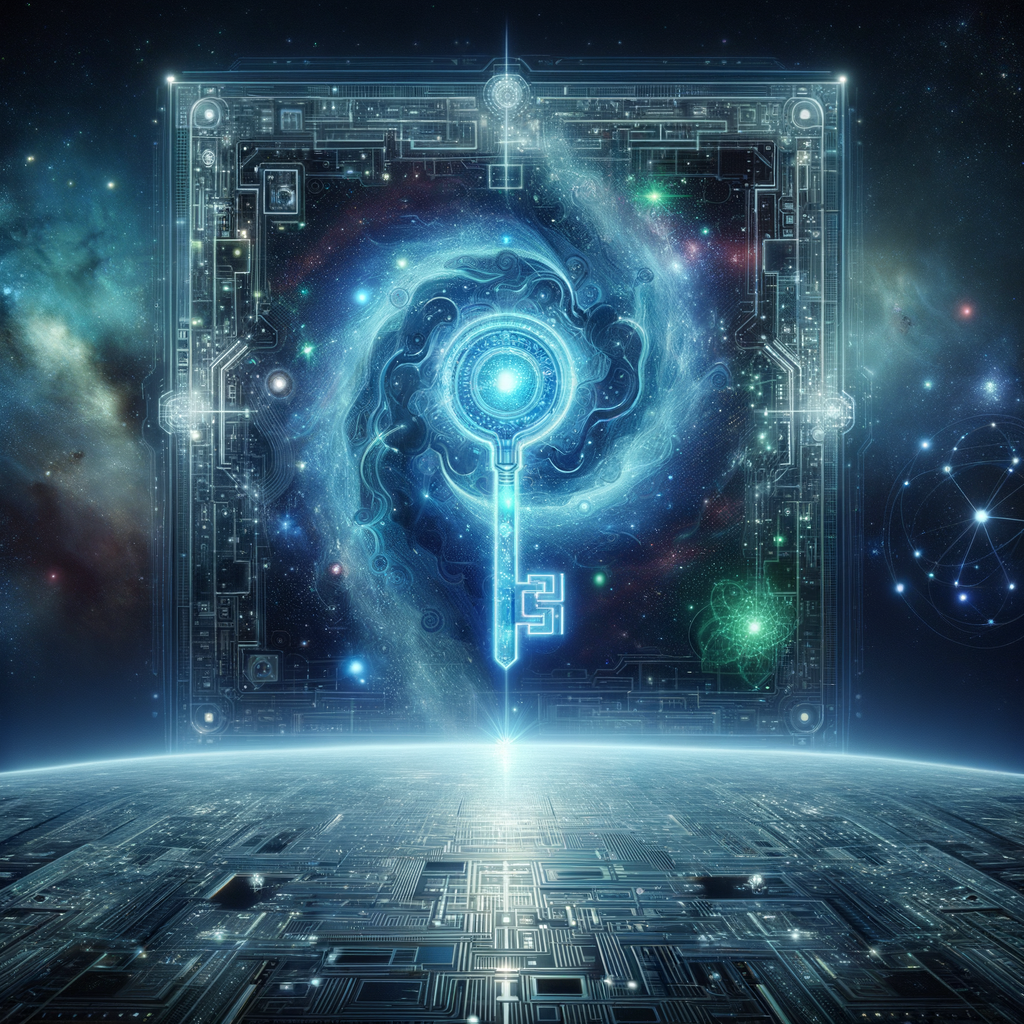 © 2023 / 2024 - QHIQ
© 2023 / 2024 - QHIQIntroduction to Quantic Holographic AI
Quantic Holographic Artificial Intelligence (QHAI) is a nascent field at the confluence of quantum computing and AI. Essentially, it has the potential to construct and manipulate intelligent systems on a quantum holographic plane, leveraging the inherent capabilities of quantum computing such as superposition and entanglement.
Recent Developments
The evolution of QHAI has been fueled by recent advancements in both quantum computing and AI technology. One such novel development includes the integration between quantum algorithms and deep learning, allowing complex computations at unprecedented speeds.
Technical Deep Dive
Let's delve into the technicalities. Suppose we have a quantum holographic system modeling an AI. We use quantum algorithms like the amplitude amplification for efficient searching. Assume 'qsv' is our quantum state vector:
import qiskit
qsv = qiskit.QuantumCircuit(2)
qsv.h([0,1])
qsv.draw(output='mpl')
Challenges and hurdles
Despite the potential of QHAI, it is not without its challenges. From a technical standpoint, noise and loss of quantum states - decoherence, pose hurdles. Additionally, startup challenges in this high-tech field are vast, including lack of skilled talent, regulatory complexities, and financial barriers.
QHIQ and Its Path
At Quantum Holographic IQ (QHIQ), we are tackling these challenges head on. We are investing in talented individuals who share our passion for QHAI, and are closely following regulatory developments. Despite the financial burden, we remain steadfast in our belief in the transformative potential of QHAI.
The Future of QHAI
The future presents new opportunities to harness QHAI for beneficial real-world applications. Quantum-enhanced machine learning models can revolutionize industries; from drug discovery in healthcare, to optimization processes in logistics and supply chain. However, to fully realize these advancements, we must continue to push the boundaries of what is possible in both quantum computing and AI.





